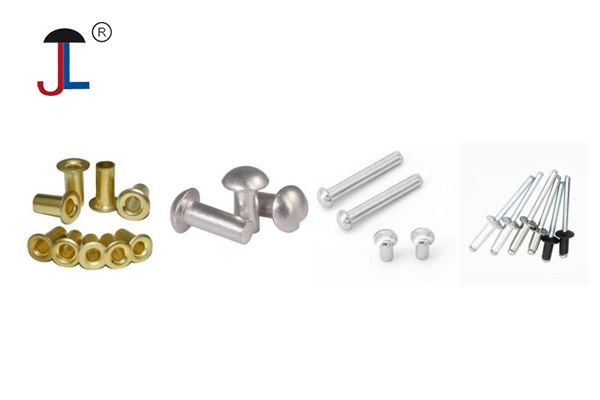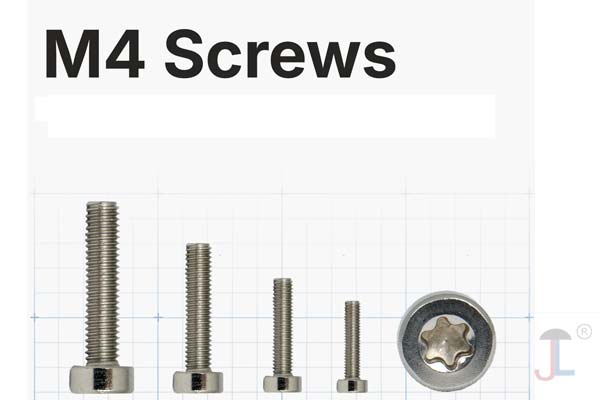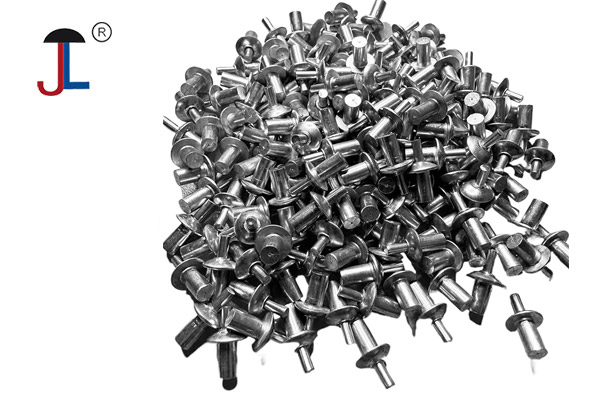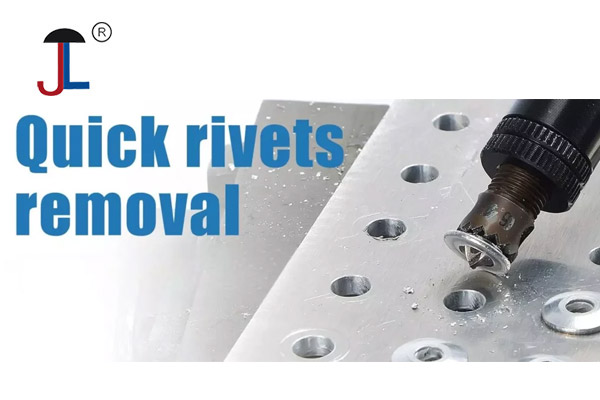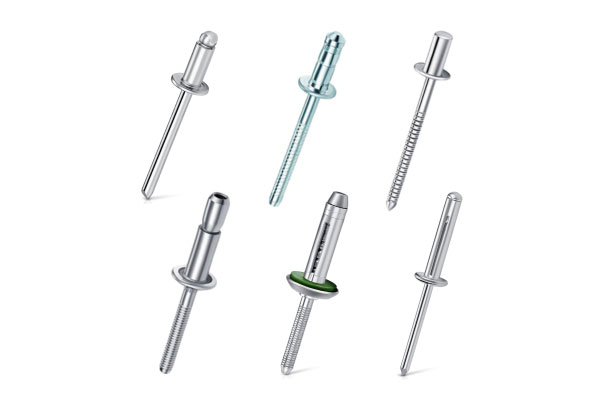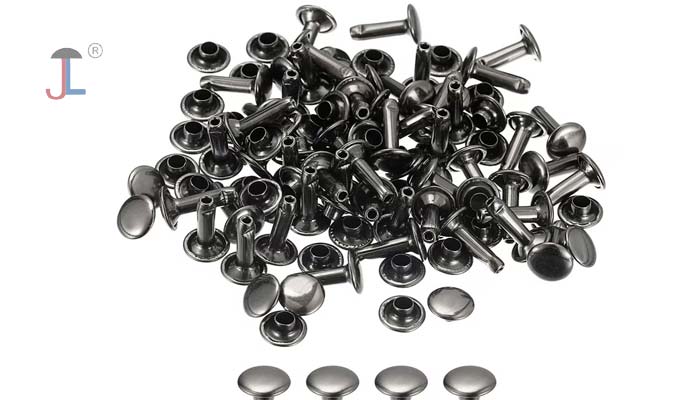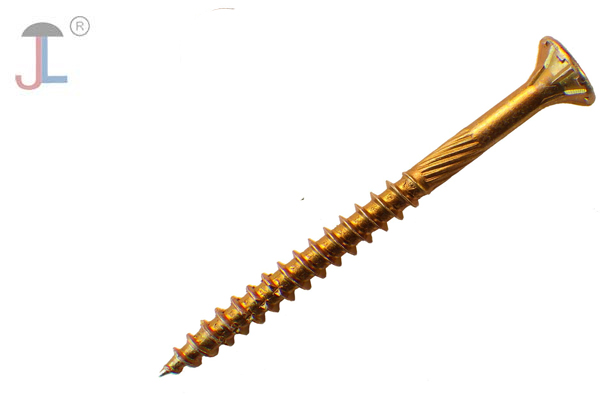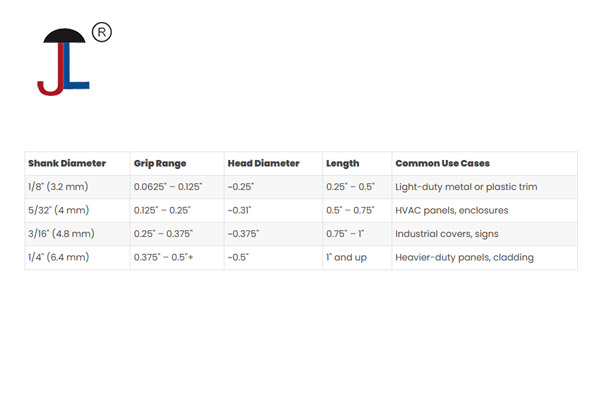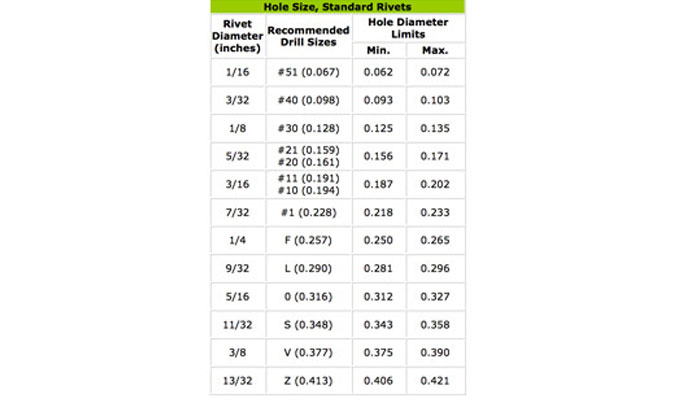Truss head screws are best used when you need to distribute load over a larger surface area to minimize damage, especially in soft or thin materials such as sheet metal, plastic, wood, or laminates. Their wide, slightly domed, low-profile head spreads pressure evenly, reducing the risk of pull-through, cracking, or splitting. This makes them ideal for applications like:
-
Fastening thin sheet metal or light gauge metal
-
Securing plastic components or enclosures
-
Joining wood, laminated panels, or furniture parts where minimize surface damage is important
-
Situations with limited clearance above the surface, thanks to their low-profile design
-
Areas requiring a neat, flush, and aesthetically pleasing finish, such as cabinetry or appliance interiors
They also provide improved vibration resistance due to their wide head, which offers a larger contact area that helps maintain screw tightness in environments subjected to vibration. Some variants even have self-tapping threads suitable for use without pre-drilled holes in softer materials.
In summary, use truss head screws when you want to secure materials without causing surface damage, need a low-profile and clean finish, or are working in constrained spaces. They are commonly employed in electronics, automotive interiors, furniture manufacturing, cabinetry, light metalwork, and appliance assembly

